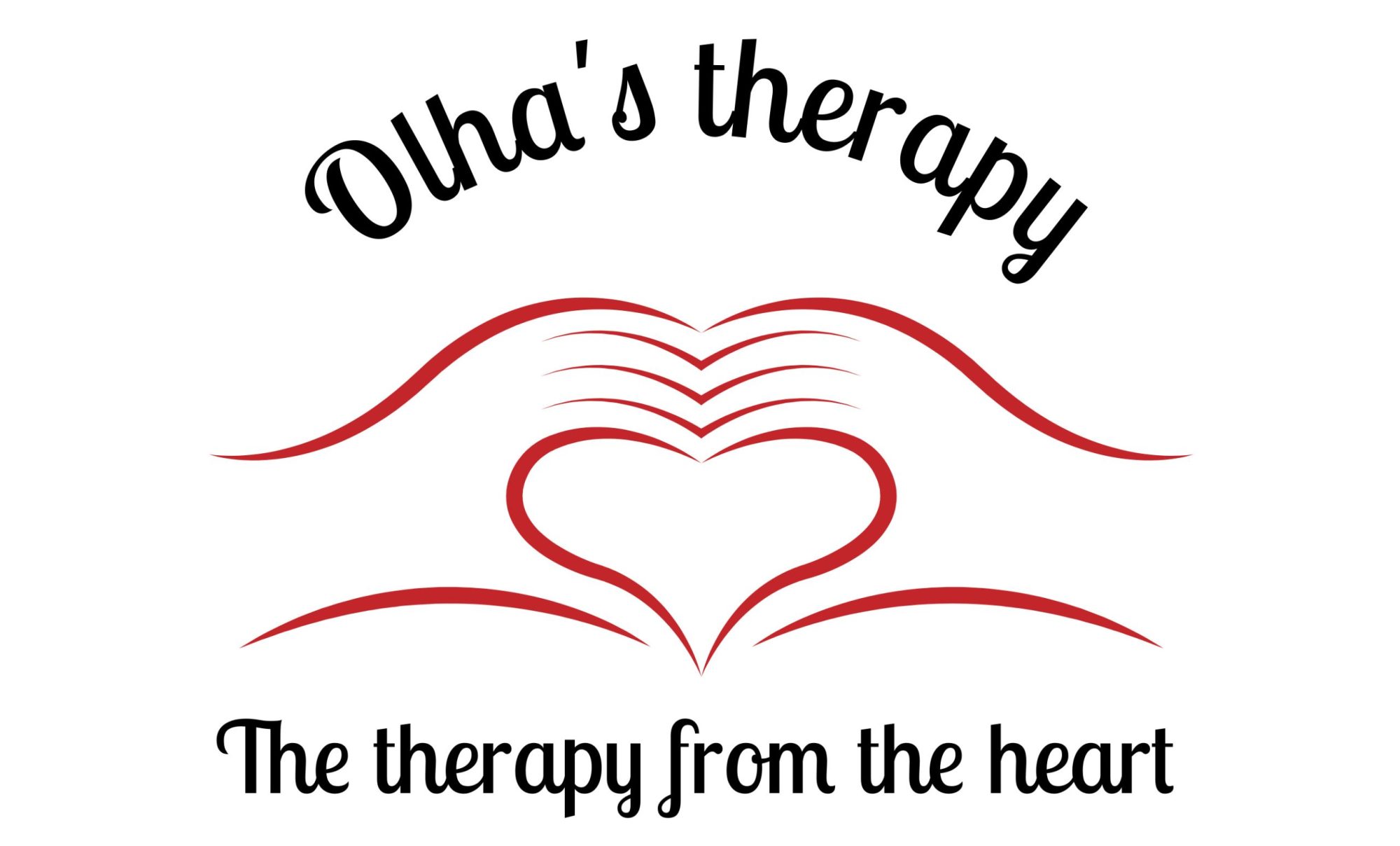Ever wondered why pain seems more bearable while engrossed in an exciting activity yet unbearable when bored?
Pain is a peculiar sensation, often triggered by everyday factors like overstretched ligaments, overworked muscles, or knots in our body’s connective tissue called fascia.
When these tissues are damaged, they stimulate nociceptors – our body’s ‘pain sensors’, sending signals to the brain which interprets them based on our current mood or level of engagement.
It’s fascinating how our mental state can influence our perception of pain, right?
Moving to a brighter note, managing this discomfort doesn’t always require medication. Non-pharmacological strategies like sports massage or deep tissue massage can offer powerful relief. Therefore, I still find it concerning that 34% of people in the UK suffer from chronic pain despite this.
As a massage therapist, I am committed to tackling this issue head-on by providing natural, effective solutions. Let’s explore these healing techniques together and find a way to silence your discomfort.
What’s the Difference Between Sports Massage and Deep Tissue Massage?

Deep Tissue Massage: The All-Rounder
- Targets full-body relaxation: Aims at providing holistic relief by focusing on your entire body applying deep pressure on a particular area.
- Specialises in tension release: Works on easing knots in the deeper muscles or connective tissue layers.
- Provides stress relief: Alleviates muscle tension and reduces stress, promoting overall well-being.
- Promotes flexibility: Helps improve your flexibility by working on muscle knots and kinks.
Sports Massage: The Athlete’s Friend
- Focused treatment: Targets specific areas, related to athletic activities or sports injuries..not the whole body.
- A recovery aid: Utilises a blend of traditional massage techniques and physiotherapy tactics for healing.
- Injury prevention and healing: Tailored specifically for treating or preventing injuries.
- Suits active individuals: Ideal for athletes or those leading an active lifestyle, focusing on their unique needs.
Shared Strengths
The sports massage and deep tissue massage have been given their names just for learning purpose, and its not some sort of special massage therapy . During the training for deep tissue or sport massage , the therapist learning more about thourough assessment which provide them with a knowledge how you work more specifically, mean more effective.Sport massage course , which is very demanding course and take about a year to complete it on a level 3 , and few monthes for level 4, and then level 5,, teach therapist to use advanced techniques, like stretching, mobilisationg muscles and joints, bring back their functionality. Therapists Its just a step up in a carrier ladder .Im always ask my client; tell me more about your issue, I will find a right therapy for you.
Deep tissue is different – because the mild chronic pain is more likely souced from the deeper layers of muscles or fascia, the therapist applying the deep pressure to rid off the pain. The science behind these phenomen isn’t clear, and there are thoughts, that after application of deep pressure, the blood is flowing to the painfull site and promote healing.
During this training the therapist learn , the sort of “martial art”- how to use you body weight to apply the therapeutic gentle, but firm pressure.It seems, quite easy thing- just to apply a pressure., but is easier its looks, its more difficult to do it in a right way.
Shared strength of both modalities, they are focusing on compromised body sites, even the whole body benefit.
Sports Massage vs Deep Tissue: What’s Best for You?
Now you know a bit more about pain and sports and deep tissue massages, which should you choose? Both carry distinct benefits. However, the right one for you mostly hinges on your unique needs and circumstances. Let’s explore this further.
1. The Nature and Perception of Pain
Pain can be an unwelcome guest, interrupting our daily lives. In such discomfort, the allure of over-the-counter painkillers is strong. They offer temporary relief by blocking pain signals in the brain. However, the true answer lies in addressing the pain’s root cause, especially if it’s due to tissue damage.
As a sports massage therapist, I treat these damaged tissues. I aim to realign fibres, enhance blood circulation, and assist in waste product removal. After several sessions, we usually complete the repairing phase, and the source of pain is eradicated.
2. Eliminating the Need for Painkillers
If muscles remain untreated and in pain, it can lead to muscle imbalance and harmful habits, like overcompensating with other muscles. Such behaviour can create more complications and pain in other areas.
A startling statistic from the NHS reveals that almost half a million opioid painkillers are supplied yearly. Yet, this need could be significantly lowered with natural treatments like sports massage or deep tissue massage.
3. Real Pain Treatment that Works
Untreated painful muscles need attention for your body’s overall well-being. A few sessions of sports massage can make a world of difference. They can reduce pain, keep your limbs functional, prevent other muscles’ overuse, and lower the risk of future injury.
It’s also important to mention that Harvard Medical School now recognises massage as a legitimate therapy for some painful conditions, backed by several studies. This underscores the healing potential of massage therapy.
Should You Choose a Sports Massage or Deep Tissue Massage?
Choosing between sports massage and deep tissue massage hinges on your body’s needs.
Sports massage is excellent for athletes or physically active individuals, focusing on areas prone to stress or injury. On the other hand, deep tissue massage addresses broader muscle tension, offering widespread relief.
But remember, a quick fix isn’t a permanent solution. Combining sports and deep tissue massage can effectively root out the cause of pain. Pain is an alarm from your body – don’t ignore it. Unsure about what your body is signalling? That’s where I come in. Contact me for more information and a consultation. Your journey to relief can start today.
